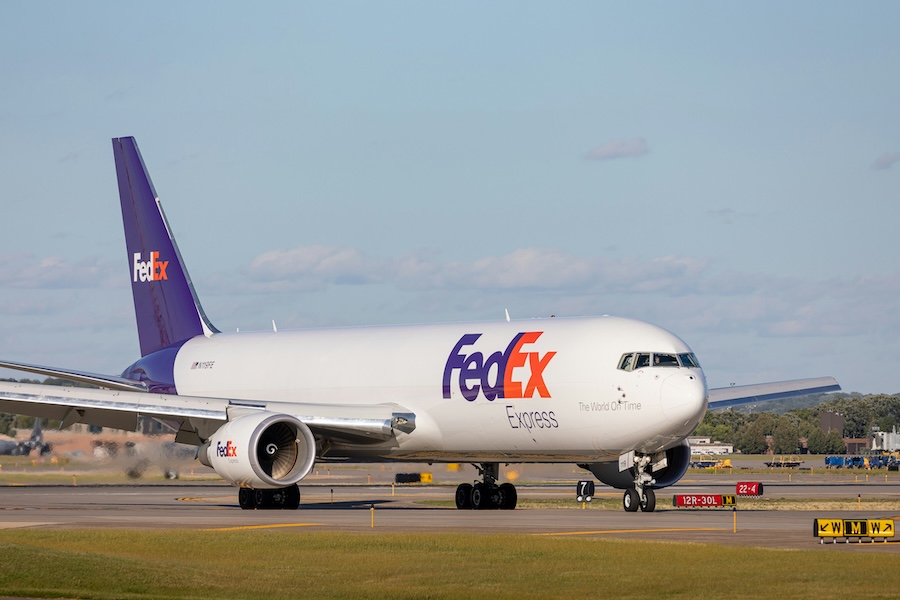The removal of the US de minimis exemption adds new costs and compliance challenges for New Zealand exporters. FedEx’s Peter Langley outlines what businesses need to know to stay competitive.
The global trade environment is constantly evolving, and for New Zealand businesses, especially those in the e-commerce and small business sectors, staying ahead of these changes is critical. The recent removal of the de minimis exemption for low-value imports into the United States is a significant shift that will impact how local businesses trade with one of their most important international markets.
For many New Zealand exporters, this means re-evaluating their pricing strategies, supply chain models, and customer communication to remain competitive. The potential for increased transit times and unexpected fees at the border can lead to a poor customer experience and, ultimately, impact sales.
Understanding the shift
Previously, the de minimis rule allowed for commercial shipments valued at US$800 or less to enter the US duty and tax-free. This exemption was a key enabler for many small businesses, allowing them to ship low-value goods to American consumers without the additional cost and administrative burden of customs duties.
With this exemption suspended, all shipments to the US, regardless of their value, are now subject to duties and taxes. This change, which came into effect on 29 August 2025, has introduced new complexities and costs.

Peter Langley.
Understanding key impacts on your business
The most immediate impact is the application of duties and taxes on shipments that were previously exempt.
- Tariff stacking and new costs: Previously exempt shipments now face duties and taxes. These costs can either be absorbed by the business, reducing profit margins, or passed on to the customer, potentially making your high-quality products less competitive in the US market.
- Increased compliance scrutiny: The removal of the de minimis exemption means that all shipments now require a more complex customs declaration. This includes providing a Harmonised Tarriff Schedule (HTS) code for each item and a detailed description. Any errors or omissions can lead to customs delays, increased processing times at the border, and even fines.
- Challenges for e-commerce: For New Zealand e-commerce businesses that rely on direct-to-consumer (D2C) sales of low-value items, the new requirements can be particularly challenging. The added complexity and cost can disrupt business models that were built on the ease of de minimis shipping.
- The need for customer transparency: With the potential for new costs and delays, open and proactive communication with US customers is paramount. Businesses must inform their customers about these changes and how they will affect the final price. This transparency is key to maintaining trust and managing expectations.
Practical strategies for adaptation
To navigate this new environment, New Zealand exporters must be more deliberate and precise in their trade practices. Here are some essential tips:
- Accurate and complete documentation: Ensure every commercial invoice includes the correct HTS codes, the true value of the goods, and the country of origin. You can learn more about preparing customs documents here.
- Embrace delivered duty paid (DDP): For many businesses, adopting Delivered Duty Paid (DDP) shipping terms is the best strategy. Unlike DAP (Delivered at Place), where the buyer of goods (customer) is responsible for duties, DDP places this responsibility on the seller of goods (sender). This streamlines the customs process, prevents unexpected fees for the customer, and creates a smoother e-commerce experience. You can find more information about DDP here.
- Communicate with your customers: The latest U.S. tariff and trade developments are dynamic and continue to evolve. It is important that businesses clearly inform U.S. buyers of these circumstances to help preserve trust and reduce disputes.
- Calculate total landed cost: Go beyond the product price and factor in all duties, taxes, and fees upfront to protect your margins and avoid surprises.
- Explore alternative fulfilment models: Businesses with significant volume in the US may find it beneficial to explore holding inventory in a third-party logistics (3PL) warehouse in the United States. Importing in bulk and distributing domestically can reduce per-unit freight and customs costs, improve delivery times, and enhance customer satisfaction.
FedEx has invested in a range of resources specifically designed to help businesses navigate these complexities. Our dedicated FedEx Tariff Hub provides the latest information on regulatory changes, tips for preparing shipments, and tailored solutions to assist businesses in navigating the new requirements. Additionally, FedEx Global Trade Manager provides a one-stop shop for getting duty and tax estimates, looking up HS codes, and preparing customs documents.
In a global marketplace where change is the only constant, having a trusted logistics partner with the right tools and expertise is invaluable. By understanding the new rules and proactively adapting their business models, New Zealand businesses can continue to succeed on the world stage, helping to ensure that their goods reach their customers efficiently and without unexpected costs.
Disclaimer: The information in this article is of a general nature only. It is not intended to address the circumstances of any specific entity or individual.




